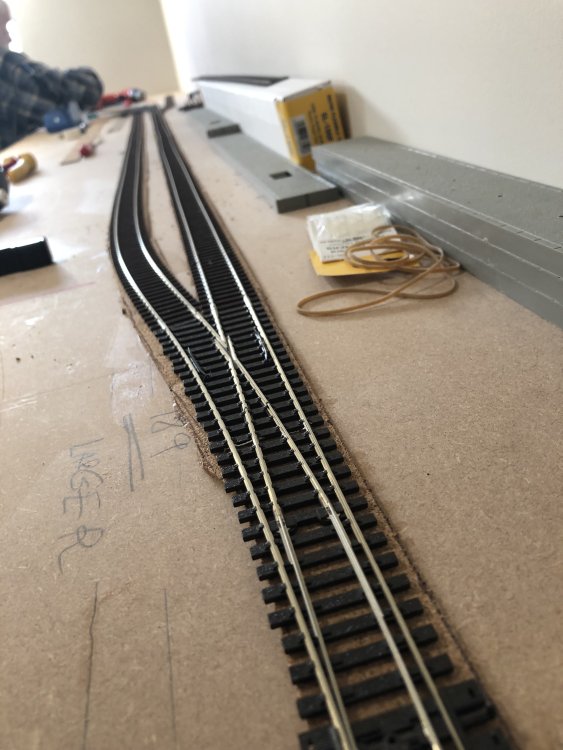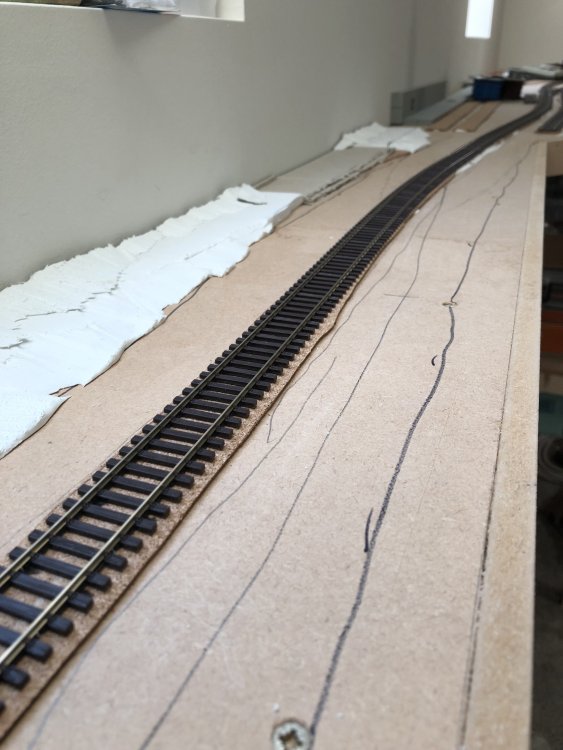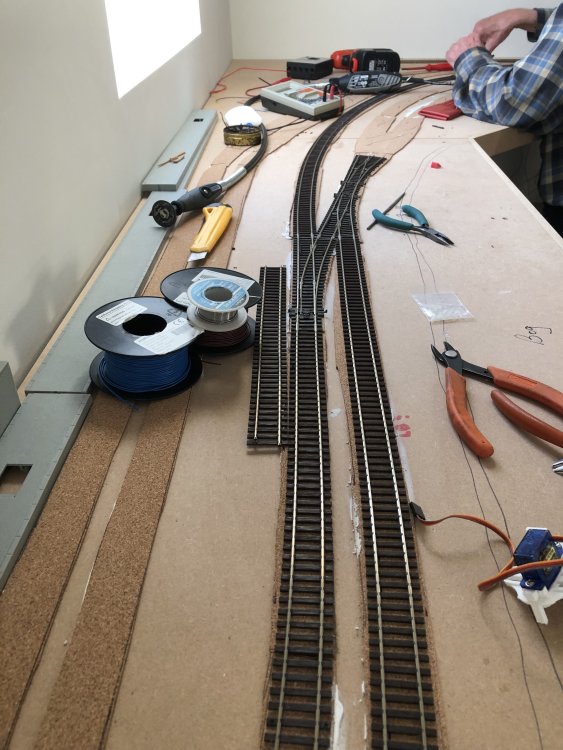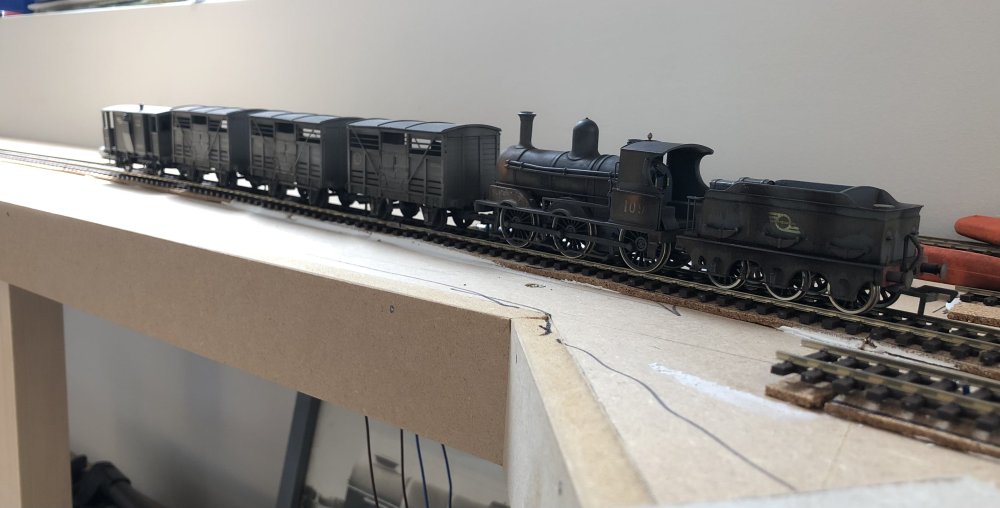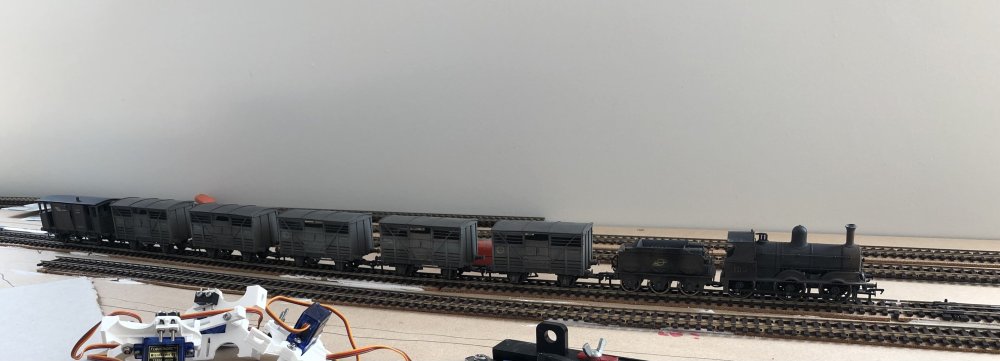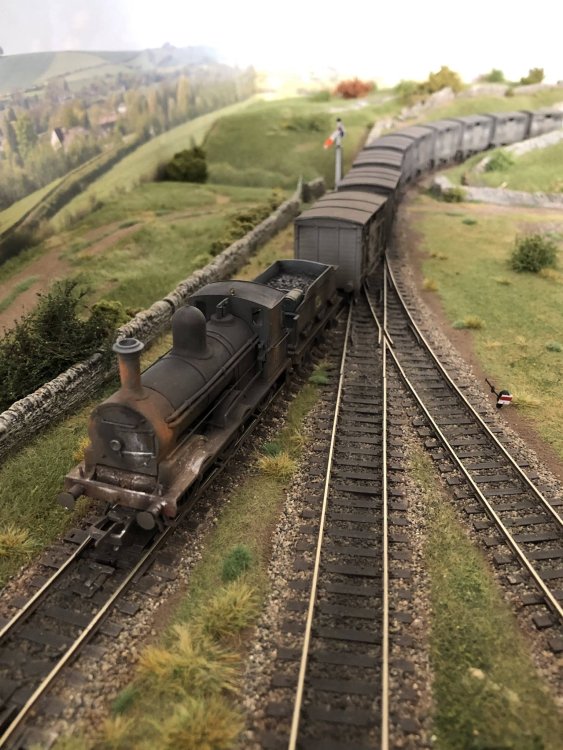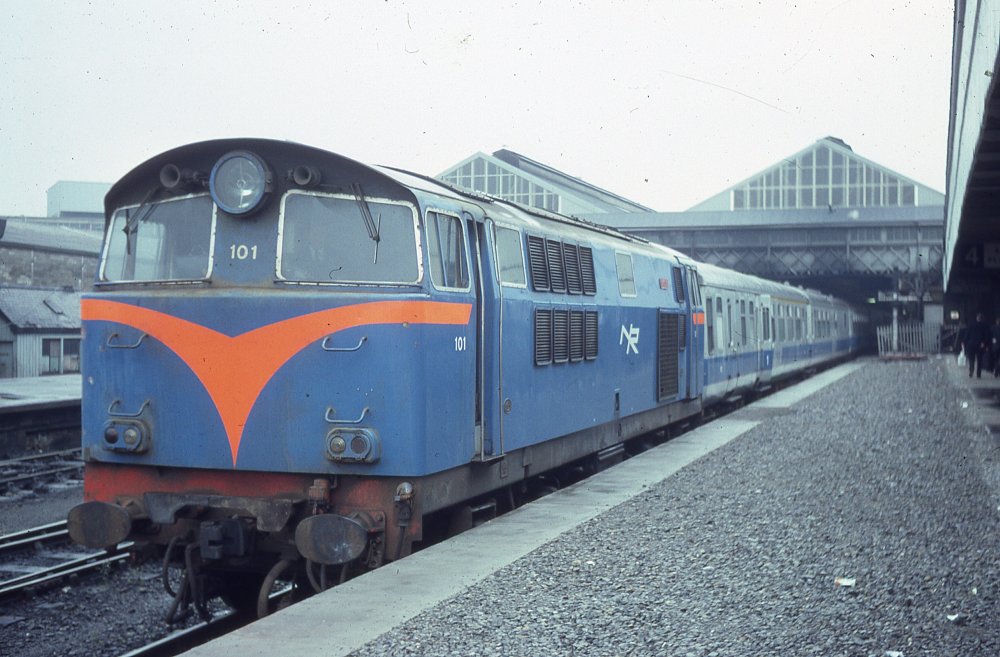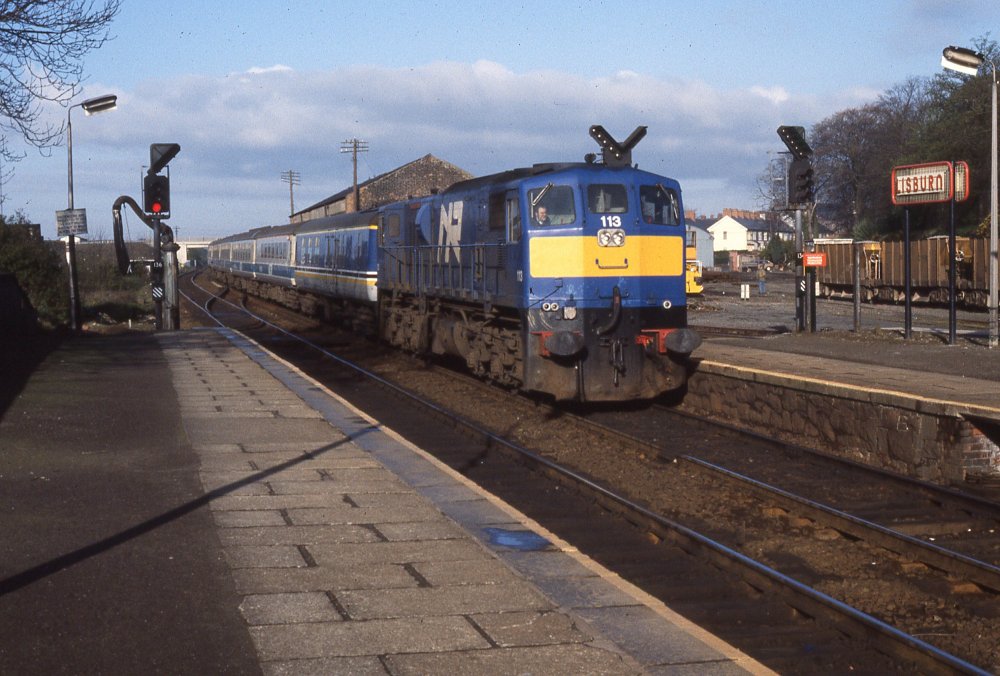-
Posts
15,878 -
Joined
-
Last visited
-
Days Won
393
Content Type
Profiles
Forums
Events
Gallery
Blogs
Community Map
Everything posted by jhb171achill
-
Northern Ireland lignite traffic
jhb171achill replied to Bóithre Iarainn's question in Questions & Answers
Yes, more 071s might have been a compromise; bear in mind that these matters were decided by politicians, rather than anyone who knew anything about the industry, or railways! An earlier version of 201s, perhaps..... Those ex-"C" class B201s could have double headed ti get things started, I suppose. Always thought that a layout based on 1980s / 90s NIR but with internal freight and lots of locos would make an interesting project - Hunslets, ex-CIE "C"s, the English Electric shunters, a "celebrity" "WT" class 2.6.4T, and 111s.....anything would improve the monotony of nothing but 70, 80 & Castle class railcars! -
Aha! A Belpaire, or indeed any, J15, has me sorted for birthday AND Christmas!
-
Looks very convincing indeed!
-
Boris someone?
-
They don't carry out any regular timetabled duties at all, nor have they done so for many years. Best option is to find out what PW work that NIR have planned, as they will be used on things like ballast trains.
-
The DNGR was closed in 1951 and lifted by degrees over the following few years, though a Dundalk - Greenore liner train is a great idea for a small freight layout!
-
A truly excellent day out, and great opportunity to mix and mingle! Plus, of course,
-
We Boldly Go To Deco Stage - Enterprise Mark 2 Coach Update
jhb171achill replied to Warbonnet's topic in News
Not sure, Sean. I don’t recollect taking any pics of a blue 201….. -
We Boldly Go To Deco Stage - Enterprise Mark 2 Coach Update
jhb171achill replied to Warbonnet's topic in News
The one with 113 is 1989. The one with the Hunslet I didn’t record, but it’s easy to tell as it is whatever year that the old Howth platform was filled in, as can be seen. -
We Boldly Go To Deco Stage - Enterprise Mark 2 Coach Update
jhb171achill replied to Warbonnet's topic in News
Let us hope that multiple octupii are now employed by IRM, with attendant number of sleeves.......... Methinks along the same lines............ -
Thanks to my Learned Friend, expert in all things electronickal, massive progress was made today with the Dugort Harbour - Castletown West branch laid, plus all of Castletown station bar a couple of cattle sidings. Got started on formwork for the scenery too.
-
Shows the benefit of good scenery. Fair specials on the extension under construction don’t look quite as well as with scenic accompaniment!
-
Possible replacement for the UK 08 shunter
jhb171achill replied to spudfan's topic in Letting off Steam
Interesting, spudfan..... the 08s have around since neolithic times, probably deserve a rest! I wonder how many are still in normal daily use (as opposed to preservation)? -
We Boldly Go To Deco Stage - Enterprise Mark 2 Coach Update
jhb171achill replied to Warbonnet's topic in News
- 24 replies
-
- 10
-

-
We Boldly Go To Deco Stage - Enterprise Mark 2 Coach Update
jhb171achill replied to Warbonnet's topic in News
Excellent stuff. The rumour mill will now abound of IRM Hunslets! Serious point, though. You correctly mention the growing interest in NIR, and I would also suggest the UTA. This has often been dismissed before as too small a market, but it’s barely yesterday that the ENTIRE Irish market would have been described such, and anyone proposing to set up a Murphy Models or IRM type business would have been dismissed as a nutcase. The market has grown and is growing by the look of it - interest CERTAINLY is - largely fed by this website. Congrats are due to those who set it up! Long may it last - but to go back to the growing NIR market, I’ve been saying for yonks that I believe a RTR NCC “WT” 2.6.4T would sell. I suggest that now, this is even more the case? An AEC railcar set is an absolute no-brainer too, as they monopolised main line CIE services throughout the 1950s, even in Tramore and Bantry - as WELL as the GNR main lines, which fed into the UTA and NIR too. -
Northern Ireland lignite traffic
jhb171achill replied to Bóithre Iarainn's question in Questions & Answers
They had nothing at all. Had the traffic materialised, the initial solution would probably to have borrowed Irish Rail’s beet wagons and installed a tippler, before buying either new ones, something 2nd-hand from Irish Rail, or re-gauging something second-hand from brexitstan. The unstable UTA spoil hoppers were almost all gone by then, but would have been completely unsuitable anyway. -
Northern Ireland lignite traffic
jhb171achill replied to Bóithre Iarainn's question in Questions & Answers
Yes. The idea was that this traffic would probably require three locomotives if fully developed, with one spare and another couple for shunting and PW work. Sadly it never materialised, though had it done so, the environmental lobby would kill it stone dead today! -
Absolute realism at its best! Superb!
-
088 was in Connolly today…..
-
CIE 1940s green - best shade of spray paint
jhb171achill replied to Pete00018's question in Questions & Answers
It's too bright even for post-1955 green, to be honest..... but certainly nowhere close to the 1945-55 rail, and 1945-63 bus version.
.png.c363cdf5c3fb7955cd92a55eb6dbbae0.png)




